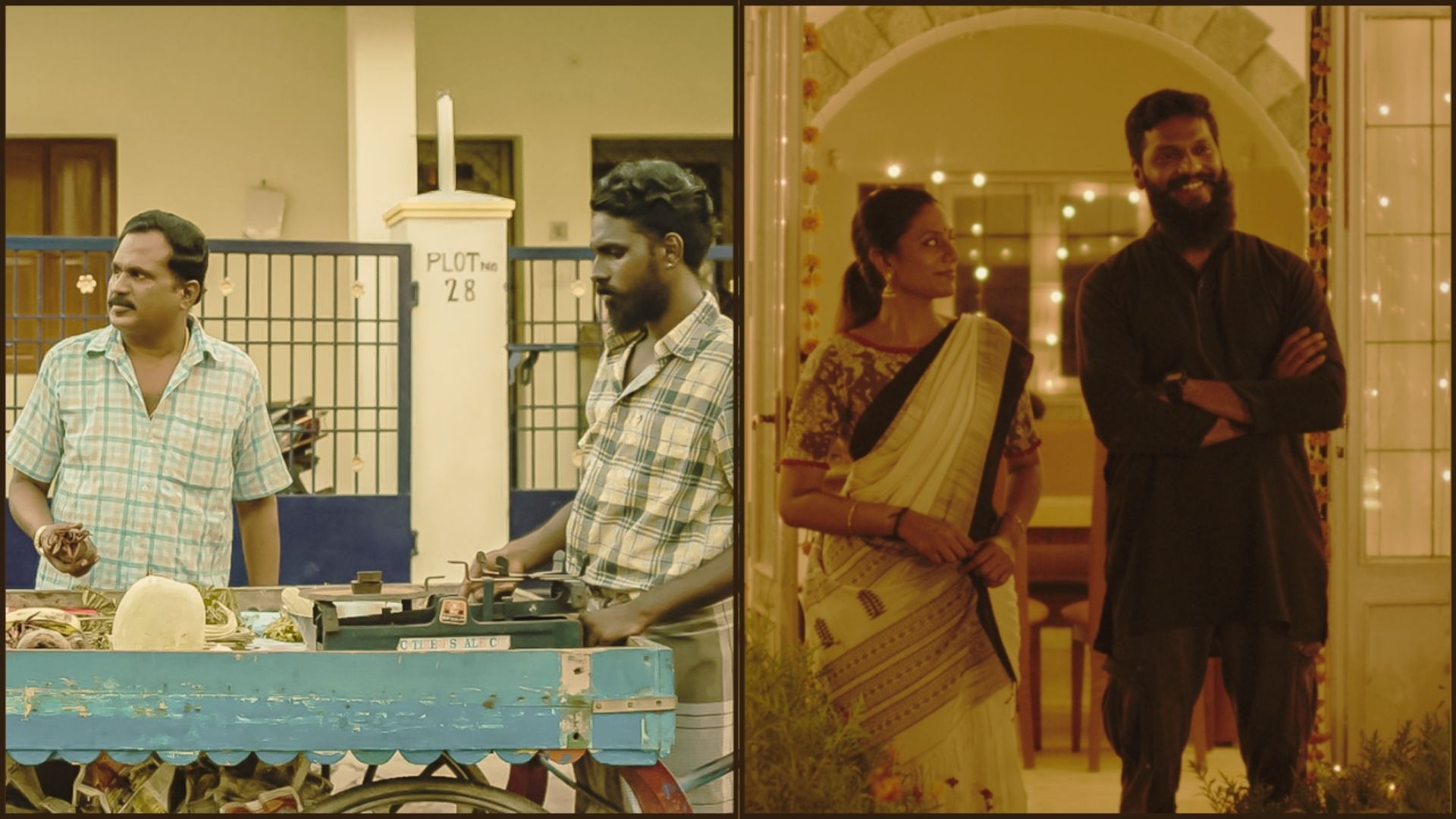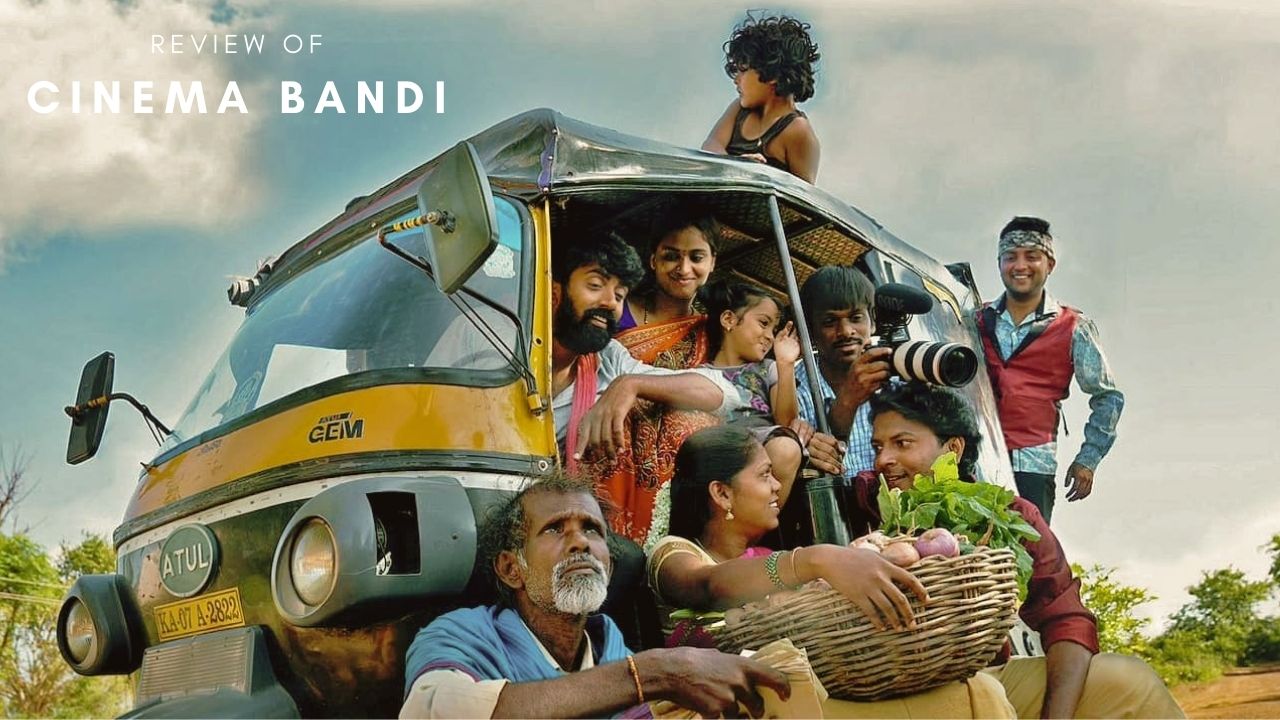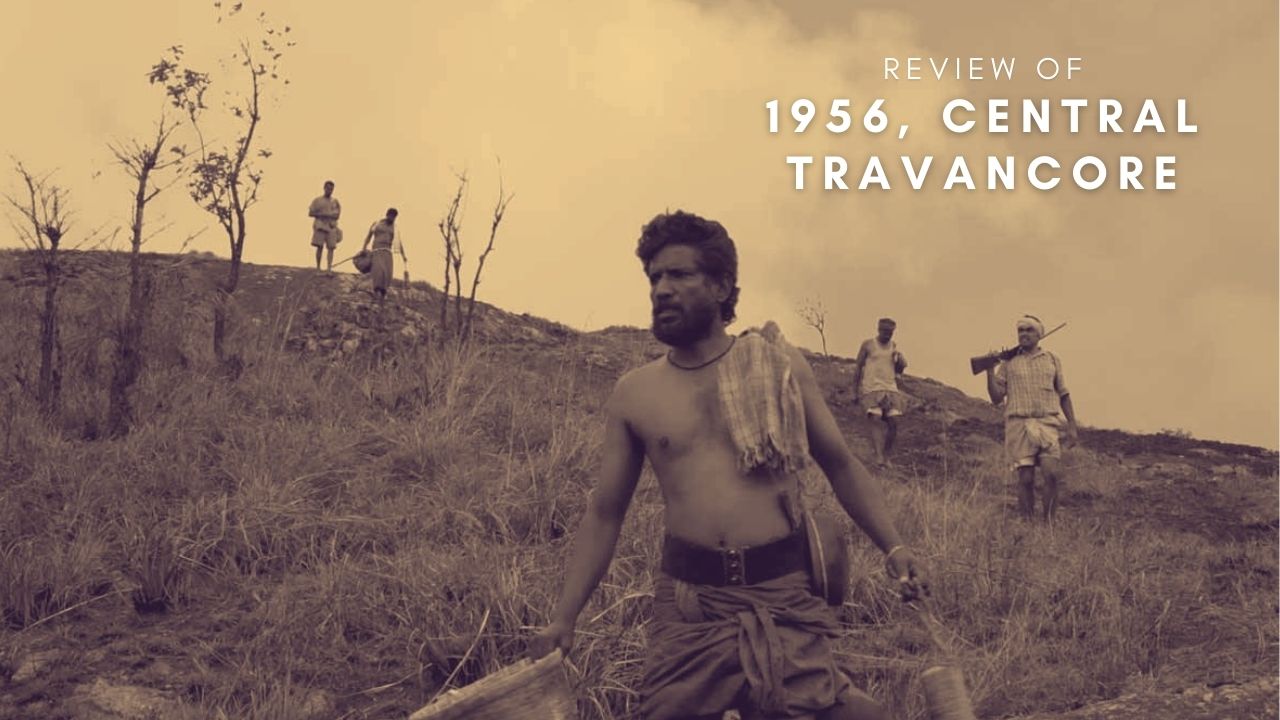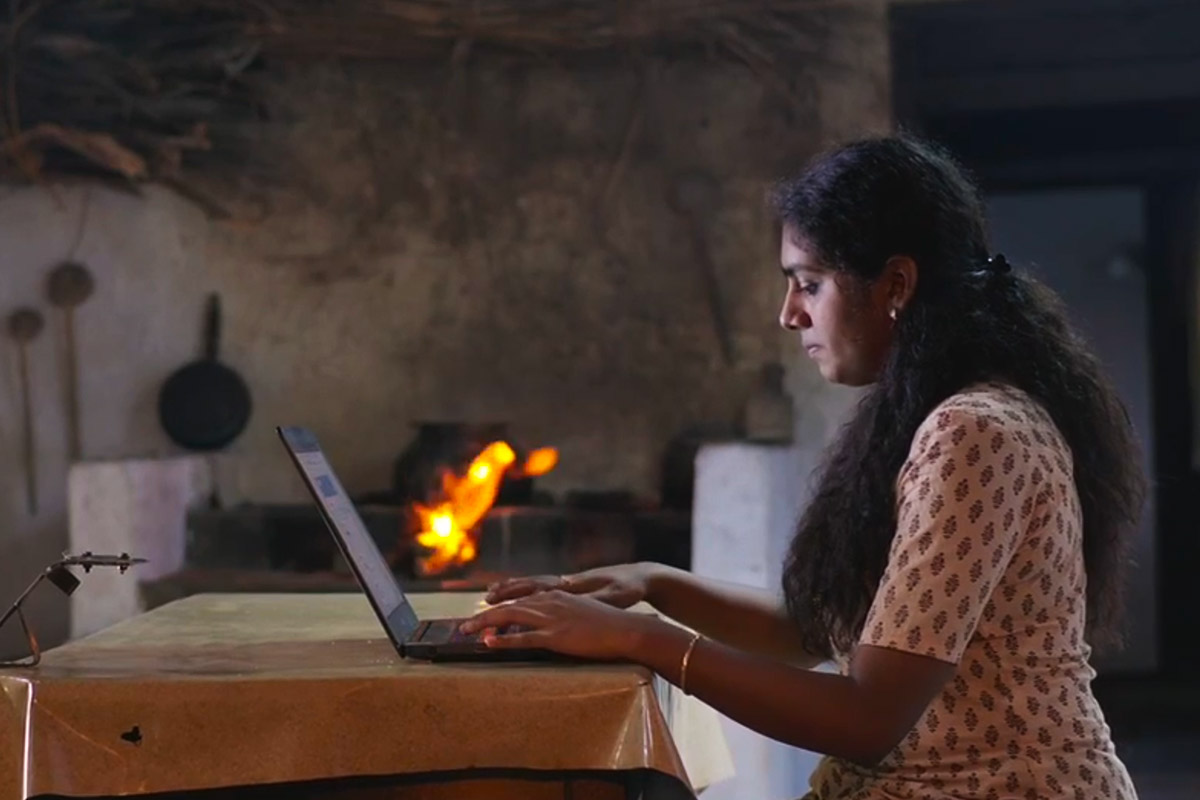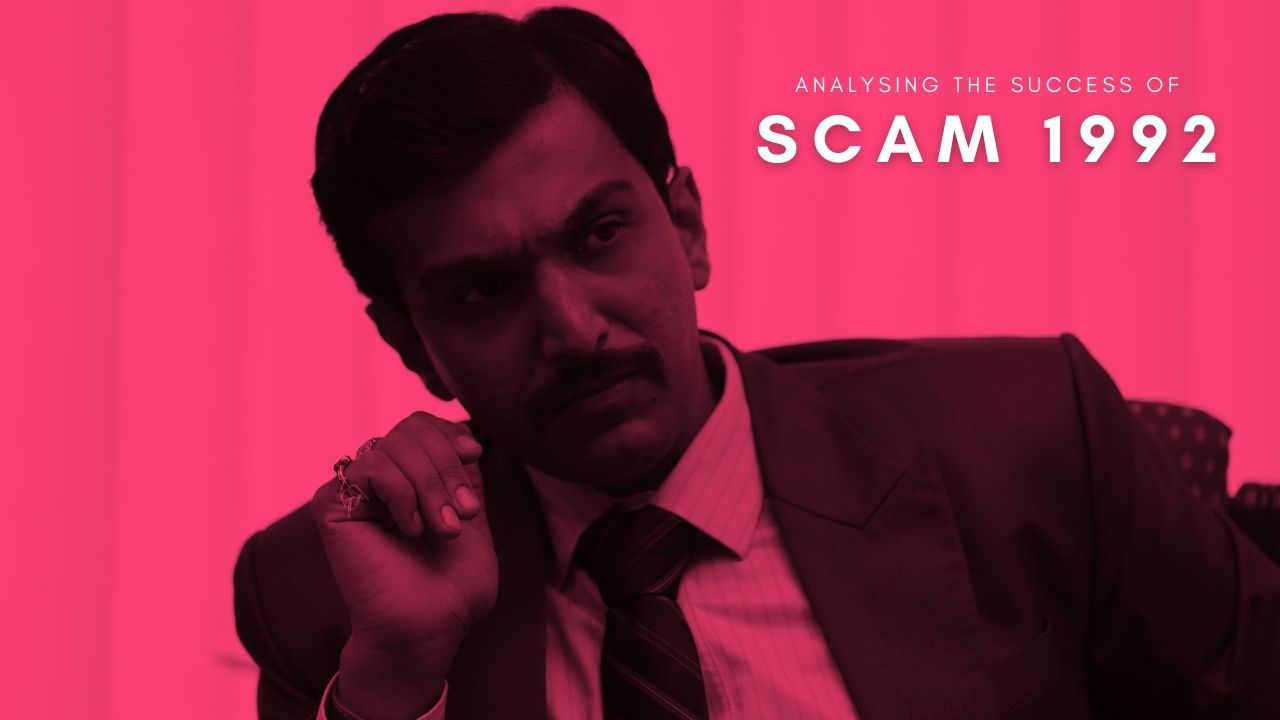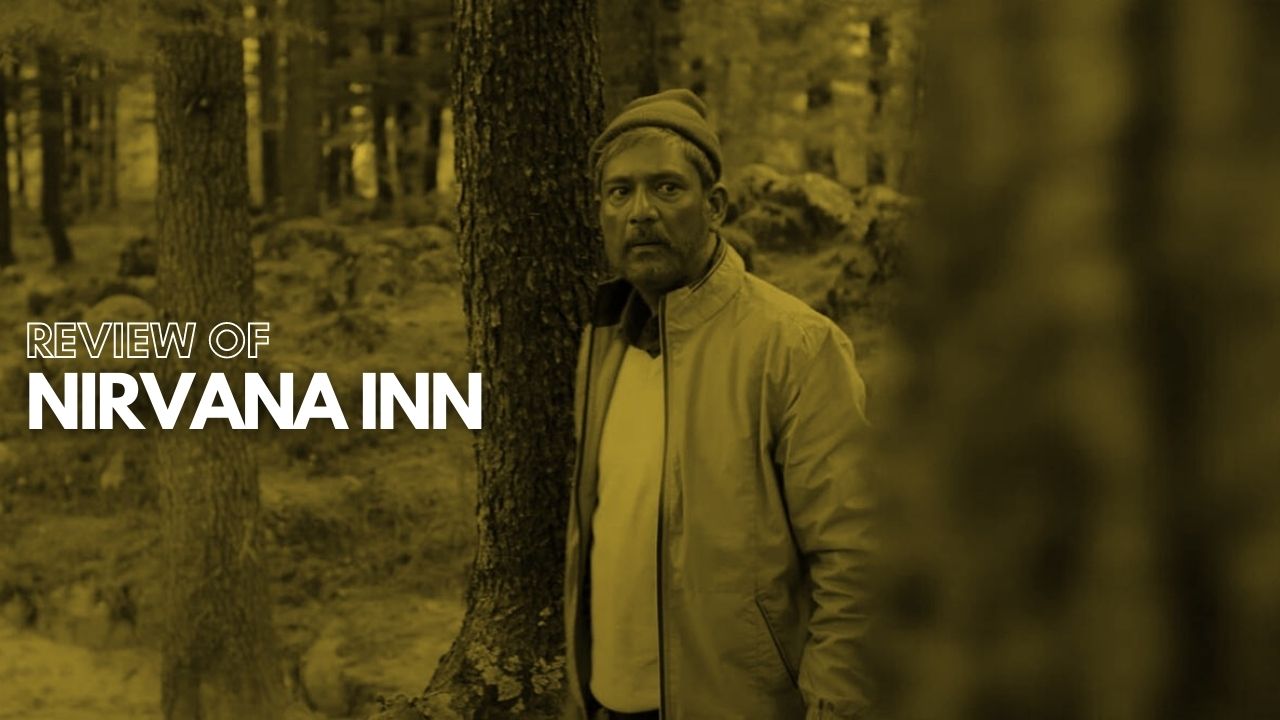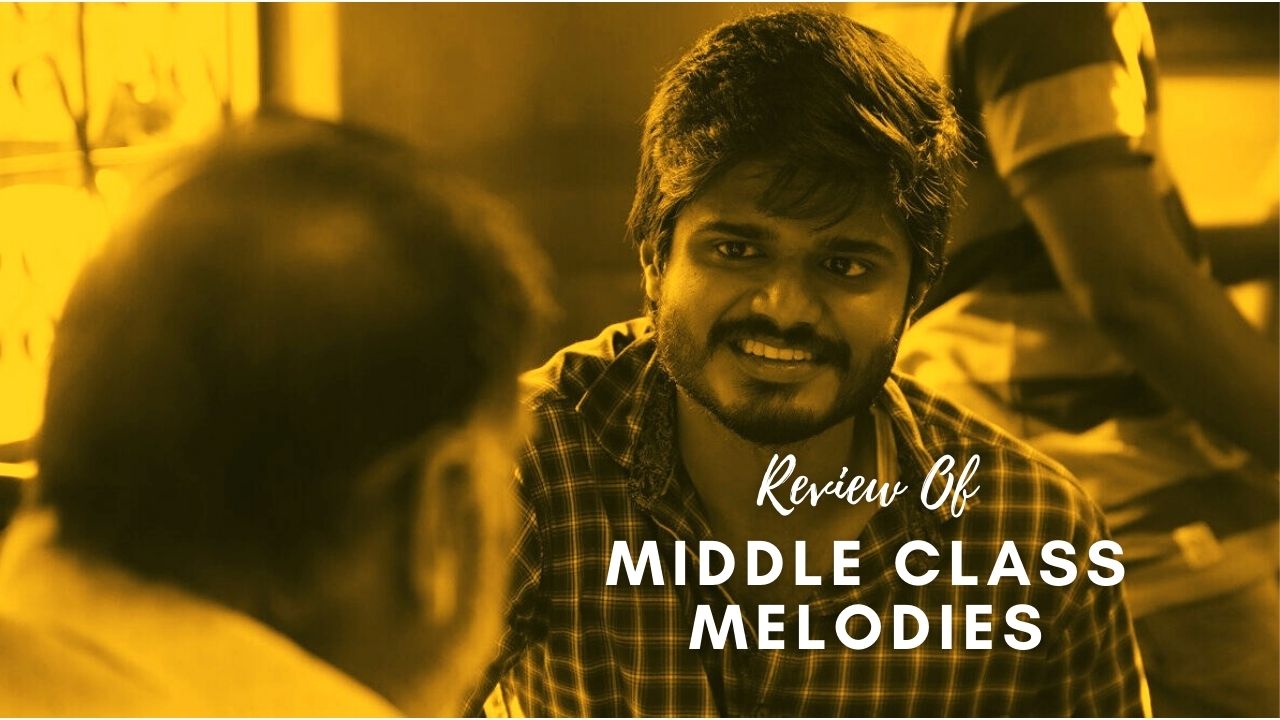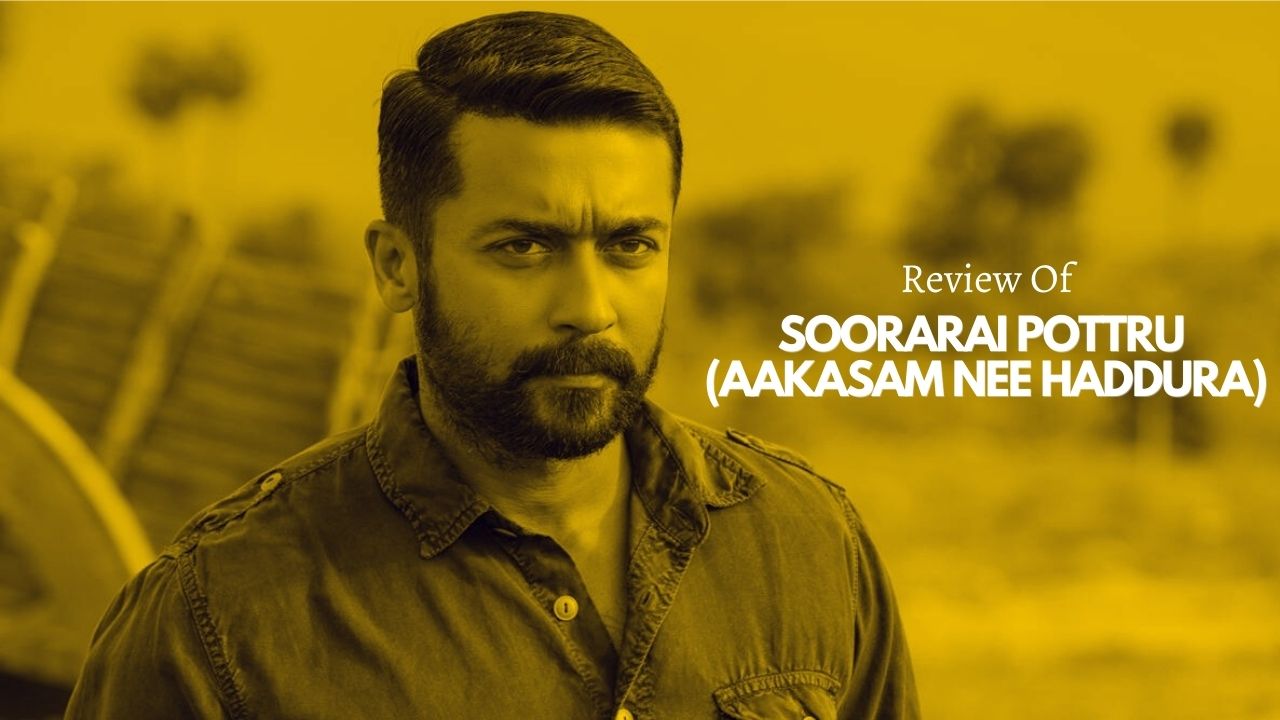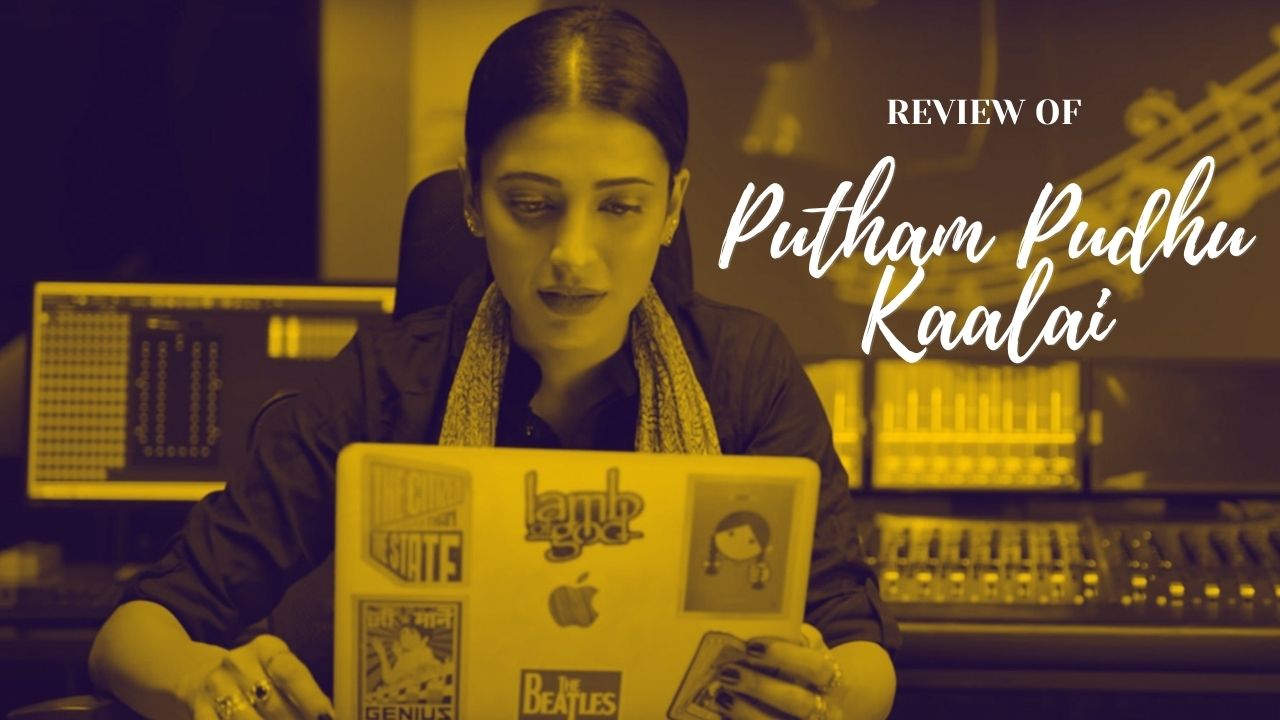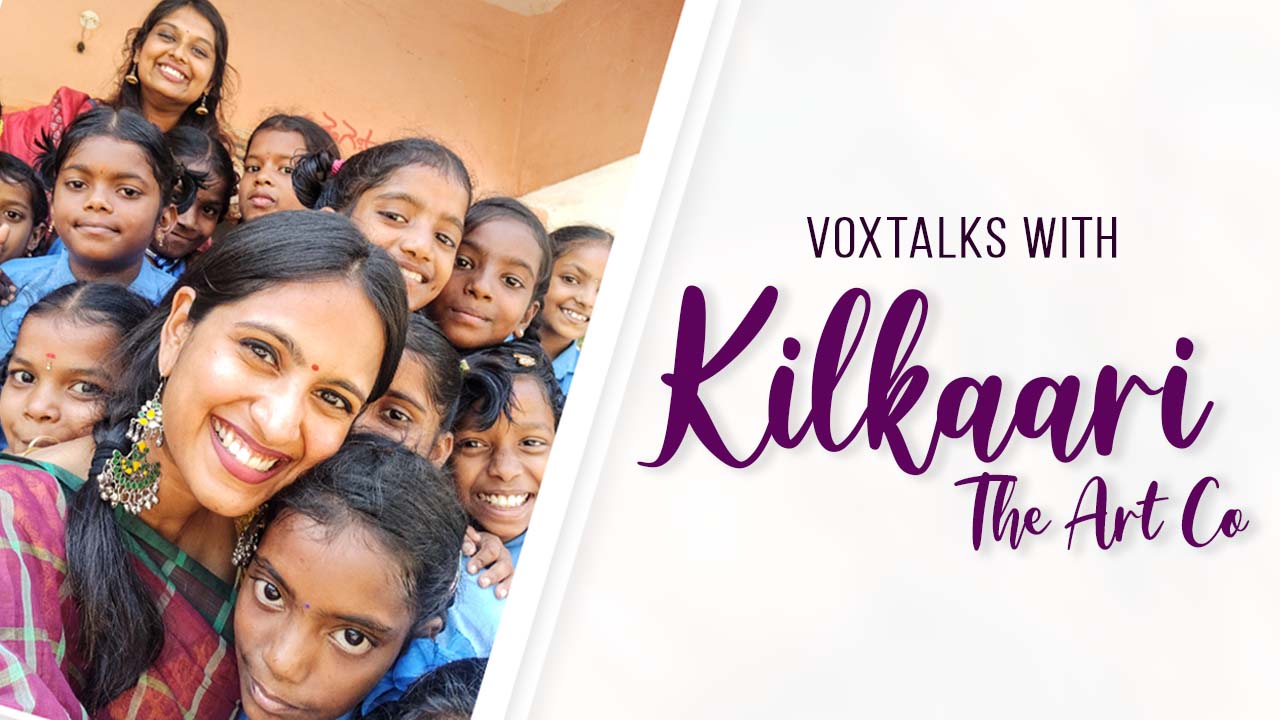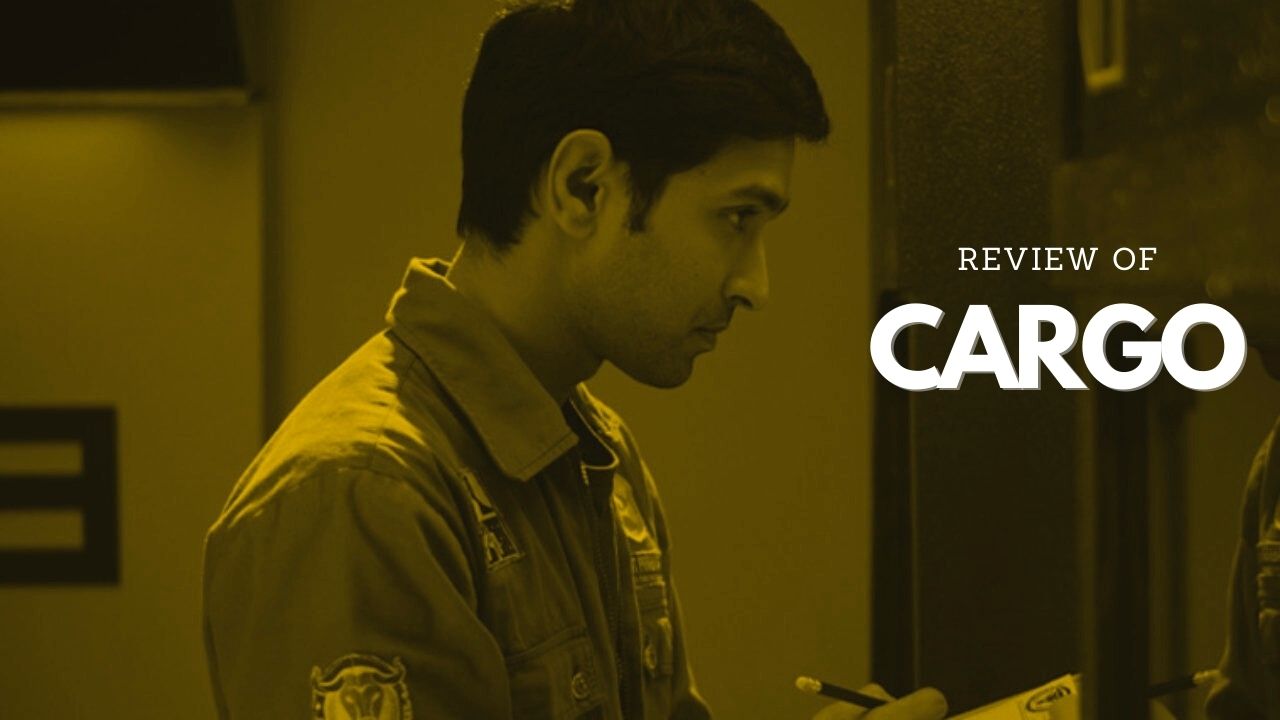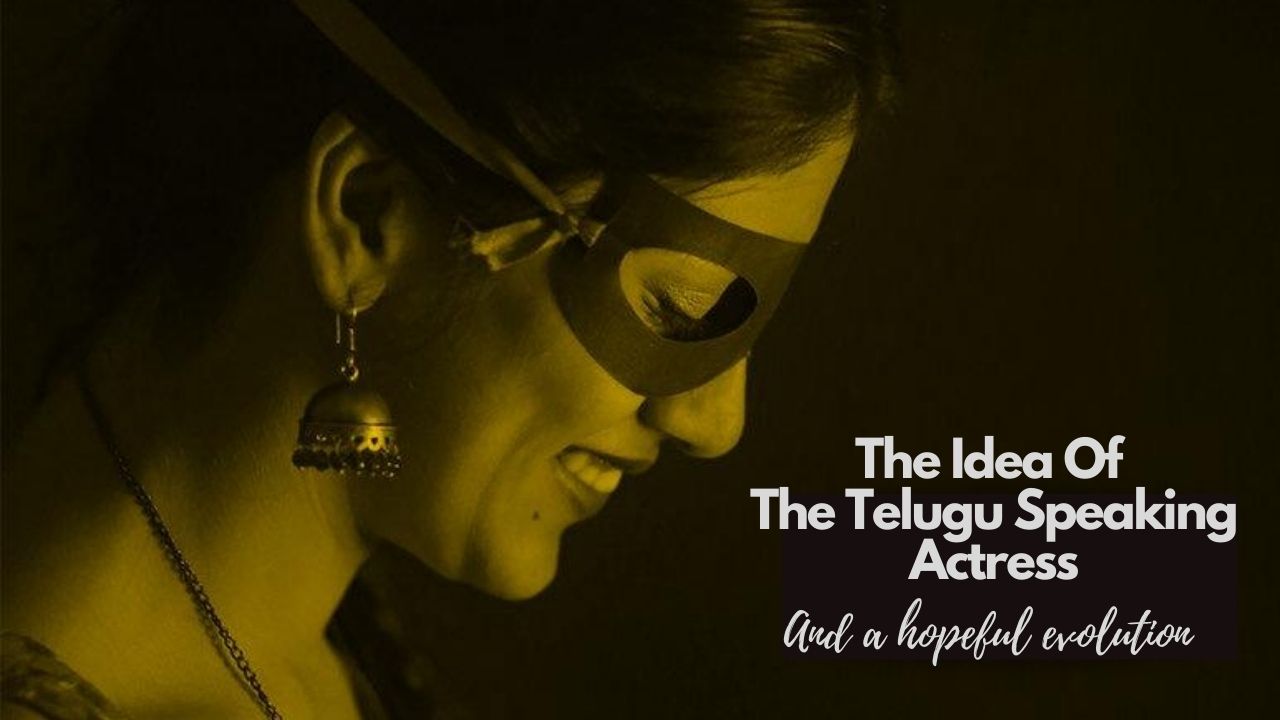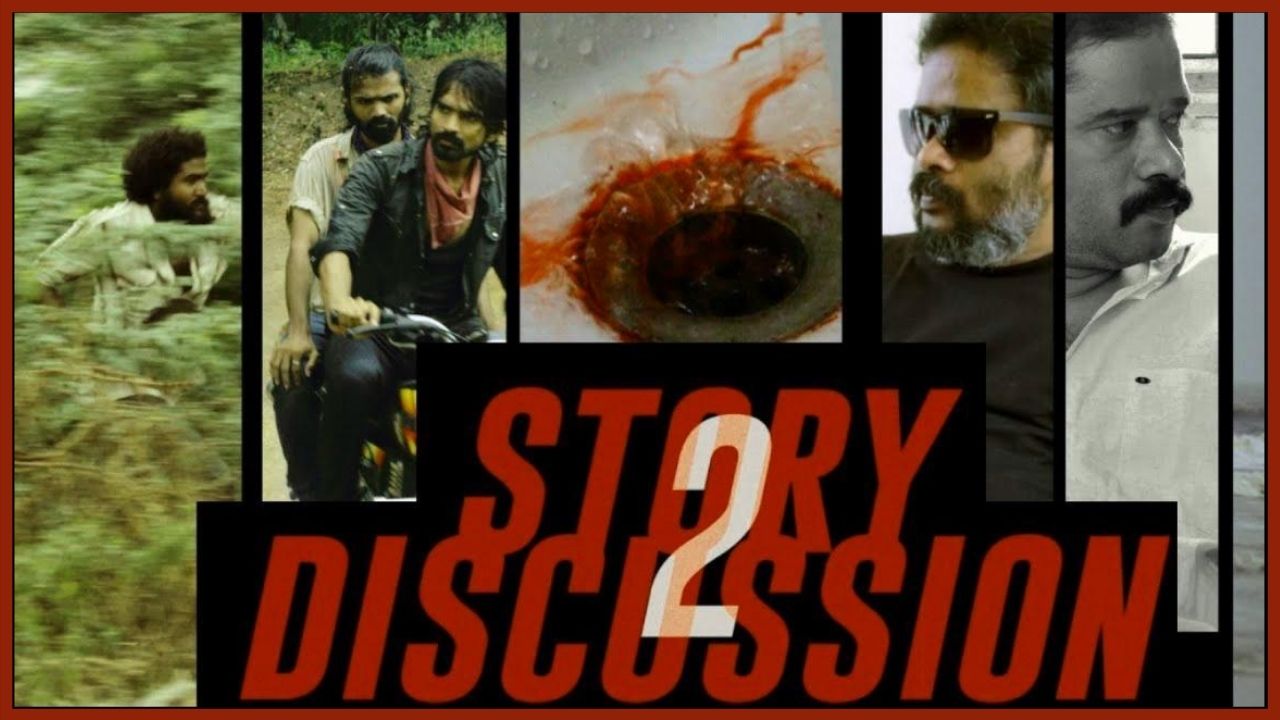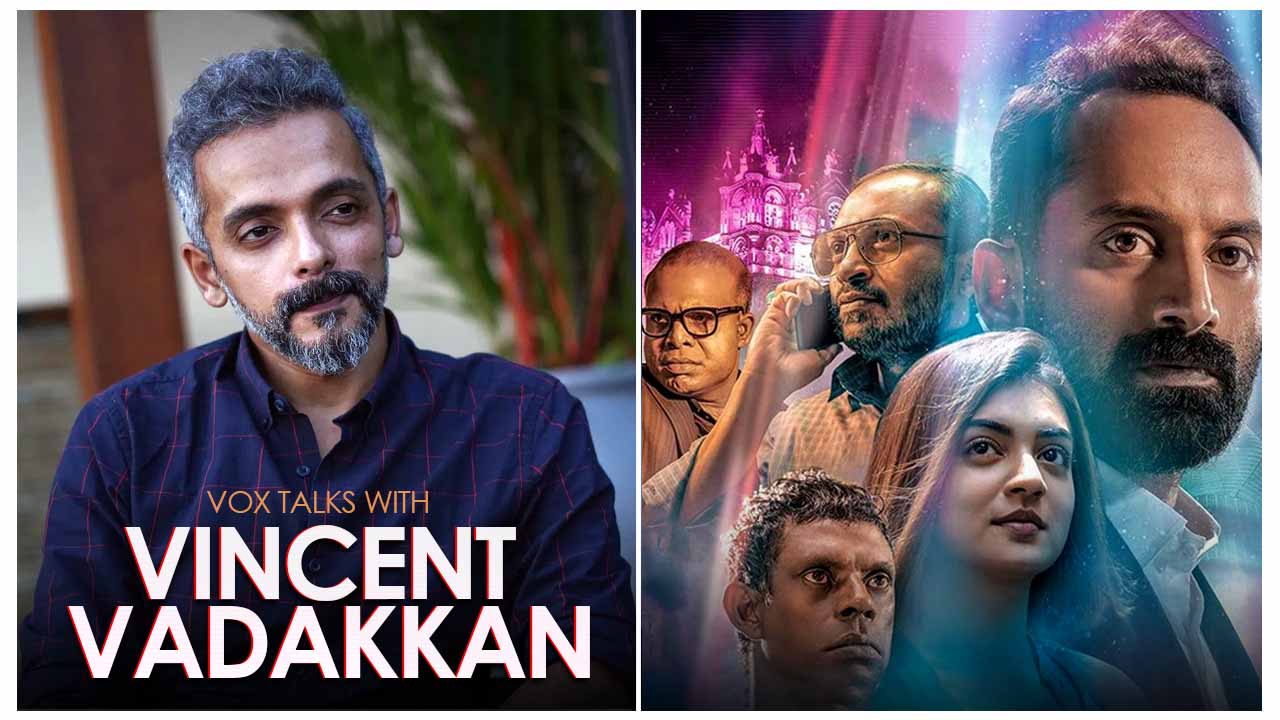
The Origins Of Streaming Apps
Back in 2007, when Facebook had just found its footing in the Indian market, albeit from being an exclusive invite-only platform, to be open for all, one another digital platform sent a frenzy across. A company founded in 2005, and one which was slowly becoming the go-to platform for showcasing talent across the world, had found its takers in India. YouTube had truly arrived. YouTube India, in the couple of years to come, was slowly becoming one of the hotspots for entertainment and information. Suddenly, videos became the norm of the day. Anyone who could afford a camera, phone cameras even, turned to making videos and showcasing them to the world. YouTube had opened up avenues which were hitherto unknown. It didn’t take much time, for the movie businesses to understand the potential of YouTube, as a result of which, trailers, interviews, exclusives were being put on the platform.
By 2013, YouTube was amassing videos to the tune of 100 hours of video uploads per minute, across the world. In the meantime, a new term was coined, which referred to Video Loggers, as Vloggers, many thanks to the sensational success achieved by performers like SuperWoman (Founded by Lilly Singh in 2010), PewDiePie (Founded by Felix Arvid Ulf Kjellberg in 2010) and many others. The success of these Vlogging stars, who offered something radically original, highly entertaining, and specifically customized content on YouTube, spawned replicas across the world, by millions. In India of course, channels like BB Ki Vines (Founded by Bhuvan Bam in 2015), CarryMinati (Founded by Ajey Nagar in 2014), Being Indian (Founded by Culture Machine Media Pvt. Ltd and Sameer Pitalwalla in 2013), Sandeep Maheshwari (Founded by Sandeep Maheshwari in 2012), Technical Guruji (Founded by Gaurav Chaudhary in 2015) and more, started raking in millions of views and subscribers in mere days. However, South Indian YouTube channels would still take a bit of time, in truly capturing the market.
The Winds Of Change In South Indian YouTube Scene
In late 2013, something spectacular happened on YouTube in regards to viral content. A video, rather truly a comedy sketch by the name ‘Viva’ changed the paradigm of viewership. Within days of the video hosted by, now a household name, Viva Harsha became one of highest viewed and shared Telugu videos up until that point. A true meaning of ‘going viral’ was established. It was only time that Vlogging and Sketches became the norm of the day. In March 2016, a YouTube channel under the name of Mahathalli (Founded by Tamada Media Pvt Ltd and hosted by Jahnavi Dasetty) became one of the most successful individual content based channels in South India. Of course, today movie and music production companies are the amongst the highest subscribed channels, there still seems to be a marked fan adulation for individuals who Vlog, perhaps because they protect the essence of what YouTube was always supposed to be.
While all this was going on, as YouTube was perhaps growing from strength to strength, streaming services picked up in the western countries. You see, Netflix, Hulu, HBO and Amazon Prime had collectively long usurped cable television. These streaming companies, post-2013, understood the importance of the App-based availability of their services, many thanks to the YouTube Application. Jump a couple of more years, and Netflix and Amazon Prime Video started smelling blood in the Indian waters. Of course, their advent wasn’t going to go unnoticed. It is at this time, that streaming services like Viu, Hotstar, ALTBalaji, SonyLiv, Voot, Hooq, Eros Now, and more erupted in the Indian market. The logic was simple and the task pretty much cut out. The onslaught of Netflix and Amazon Prime, which had immense resources at their disposal, had to be curtailed.
The Advent Of Amazon And Netflix Streaming Services
By 2016, Amazon Prime had already drawn the first blood, when it got into a signing spree with the biggest names in Standup Comedy scene (made much popular, again by YouTube), for producing their one-hour specials. In a year’s turn time, Amazon Prime had already brought out specials of Kenny Sebastian, Zakir Khan, Kanan Gill, Biswa Kalyan Rath, and many more. In a further lock-in incentive, Amazon Prime offered these comedians their own scripted shows. Eventually, Amazon Prime Originals like Laakhon Me Ek (By Biswa Kalyan Rath), Pushpavalli (By Sumukhi Suresh), Die Trying (Kenny Sebastian) and Chacha Vidhayak Hain Humare (By Zakir Khan) streamed out. With a plethora of new regional movies and special productions, Amazon Prime today remains as the biggest streaming service in India.
Hotstar wasn’t to be left behind, as they went onto sign some exclusive shows. After all, Star India had its network broadcasting dominance to fall back on. Hotstar went onto sign All India Bakchod (AIB) for special features and introduced something new for its viewers. In a smart move, HotStar started streaming their own shows, one day after their channel run. This convenience call, swiftly put HotStar in the big league, as now who wanted to enjoy their Television shows on Star Network, could do so at their leisure. Add to that, with the recent IPL (Indian Premier League) broadcasting acquisition, Hotstar became the go-to streaming application and service in India, mildly beating Amazon Prime in the race.
Netflix’s Strategy Of Western Classiness
And so here we see two different ways of approaching the same market. Whilst, Amazon Prime relied on Original Content from Regionally famous artists, HotStar tapped into its existing TV viewership to run the game. The other way of approaching this market was introduced by NetFlix. It didn’t go with too much of Original Content, and obviously, they didn’t enjoy a preconceived audience base. So, Netflix did what it best does. It created an audience. Through media interactions and publicity, it became a streaming service for the niche. It showcased shows like House Of Cards, Narcos, 13 Reasons Why, MindHunter, Wild Wild Country, Crown and Marvel Netflix Offerings in the form of Jessica Jones, Daredevil etc., to the niche market. The subscription pricing was high, and the production quality higher.
What it did better than Amazon Prime at this point was it targeted Critically Acclaimed Documentaries and Movies which were already available in the Indian market, and hosted them on their streaming service. Netflix became what Apple presently is in the smartphone section. A validation of social status, because conversing about English shows meant more class. Thus, Amazon Prime became a go-to for the masses, but Netflix created a classy niche for itself. With original Indian movies, Netflix is throwing its weight around the critically appealing artists and filmmakers. With Love Per Square Feet, Sacred Games and The Lust Stories, it becomes a swan in the mob of crows.
Eventually, we will see the strategies overlapping. Yes, there will be artists picked up by Netflix or HotStar. There will be regional movies exchanged and more. But essentially the strategies are set for them to follow. It is here, I would like to beg your attention towards the South Indian Market. As we saw in the above ponderings, YouTube by 2016 has gathered an enviably large number of great content providers from South India. However, their content generation pales out in front of the North Indian market, which has been able to attract the attention of streaming giants like Amazon Prime and Netflix. And so, the South Indian Market, a conducive and resource-rich market in itself, remains till date vastly underutilized.
The First Kills Of Viu And YuppTV Streaming Services In India
In this time, streaming services like Viu, HotStar (fresh on the heels of Star Networks acquisition of regional Telugu channel MaaTV), and local services like YuppTV entered the South. HotStar was always going to repeat its success mantra of falling back on its TV content for the app. So it sat pretty and well, utilizing its own resources and tapping into the market at the same time. However, Viu, based out of HongKong, and owned by the conglomerate PCCW Media, was a lesser known brand which was taking its tentative steps into the Indian Market. YuppTV however, based out of India, and already in partnership with Content Media Houses like Arre, was making smart moves in the market.
Viu, as an initial dice roll, went the Amazon Prime way. It approached content makers which were already existing within Telugu, Tamil and Hindi markets, to produce content for them. As a result of which, shows like, Pelli Gola (Telugu), Social (Hindi/Telugu), Pilla (Telugu), Spotlight (Hindi) came out. YuppTV which had moved the first pawn brought to the table shows like, Endukila (Telugu), Mana Mugguri Love Story (Telugu), Hey Krishna (Telugu) and went with dubbing AISHA (An Arre production) and BlackSheep (A StrayFactory production). YuppTV also made merry of the fact that it could stream LiveTV for the young digital viewers.
However, when we look at Viu and YuppTV, it can be categorically said, that they’ve failed to make it rain, as far as South Indian Market is concerned. You see, the above shows failed to garner viewers within the app, and the market reach remained largely underwhelming. What Amazon Prime could do, or something like TVF did at some point, was not to be replicated here. The question is why?
The Confusion of Content In Apps And YouTube
The main reason which one can understand from looking at Viu and YuppTV’s streaming strategy is that they are reliant on tested and successful products already existing on YouTube. In the case of Viu, their initial step forward was to rope in Viva and Mahathalli (as mentioned above) two of the biggest names in YouTube space for their specials. The plan seemed to be simple. These two entities could help them convert YouTube subscribers into App installers and web registrars. Credit where it is due, enough ruckus was truly created when these two successful entities came aboard Viu. Suddenly, every media house envied these two entities for having such a great streaming service behind them. And to be honest, the plan did work, until it no longer did. Either of entities, couldn’t do what was a Herculean task expected of them. For keen observers, the reason seemed simple enough.
Viva or Mahathalli were basically doing the same thing, perhaps in a different format, which they were known for on YouTube, which already was a set platform. The word spread, and the bounce rate out of Viu escalated. The adulation thus was short-lived. The viewers thought the process was pretty straightforward – Why do I need an app, when I can see the same thing on YouTube? Or perhaps, the content quality on YouTube of these two creative entities far surpassed the quality of the application. The average Telugu viewer remained uncompelled.
As the game picked up the pace, YuppTV took another gamble, when it started its web streaming series, Mana Mugguri Love Story starring popular faces like Tejaswi Madivada, Mounima Ch, Navdeep, and RJ Hemanth amongst others. However, YuppTV in a bold move didn’t place all its bets on this particular presentation, as it left the series to be on YouTube as well. And on YouTube, the series amassed huge popularity. Did it perform well on the app though, is a question which remains unanswered. What the series did answer is that creators in the Telugu market had figured out how to make YouTube work for them. Application-based streaming services were a different ball game altogether. Viu met with a similar success story with its Pelli Gola series starring Varshini Sounderajan and Abijeet Duddala, this time produced by the film production giant Annapurna Studios. The series was a runaway hit on YouTube but failed to create many effects on the App. So you see, there existed a clear disparity, between what was working on YouTube and the streaming service.
These two projects were followed by Viu’s Social starring a stellar pan Indian cast of Rana Daggubati, Naveen Kasturia and Priya Banerjee. Again the repetitive case of great performance on YouTube but a lacklustre one on App and Web Services was a fact to be taken home. This strange conundrum threatens to stay as a curse for streaming giants, going forth. The main reason for this perhaps is in the way the content is produced. The question perhaps that would jump around the meeting rooms of Viu, Hooq, YuppTV or even ALTBalaji at this point would be simple – How do we make these YouTube stuck people download our app? (Why is it important for these companies that people download their app is something we may discuss in another article). The answer, fortunately, is right in front of them and straight right back at them. Make Content Which Is Different From YouTube. As Simple as that.
The ALTBalaji Way Of Doing Things Presently
As of writing this article, ALTBalaji has seemingly figured out a way for people to look at them. Their new presentations include, Gandi Baat (a raw sexual drama in rural India), Kapoor Sisters (a bold dramedy) and A Century is Not Enough (a biopic of Cricketer Sourav Ganguly). ALTBalaji has already a surge in its downloads by coming up with, Class Of 2017, which attracted the young viewers with its unapologetic language and bold yet true depictions of Classroom romance (ala Riverdale on Netflix). So the idea, it seems is to bring out content which cannot be hosted on YouTube, and also which appeals to the younger tastes and preferences. Afterall, 78 percent of smartphone users today in India is within the age range of 18 to 32.
Perhaps this is where Viu has missed a beat. Frankly, Viu is making no good promises, with it still focusing its resources on shows which can easily be hosted on YouTube, as viewers are well aware of the options available on other streaming platforms. YuppTV is floating in the same boat, as it continues to focus on the same content available elsewhere. The future presentations of Viu include PelliGola Season 2, and Memu featuring the highly popular YouTube names Jahnavi Dasetty, Manoj Krishna and Prudhvi. The latter series offers a refreshing take on relationships and road trips, but has cast faces, whom the regular YouTube viewers by now have seen perhaps a million times collectively. It’s a strange strategy which Viu seems to have employed, but then in showbiz, you never know. However, one could take a calculated guess as to where these projects would land eventually if they aren’t successful on the streaming services. Our guess is YouTube. Would that mean a clear indication that the streaming service is not doing well, or not meeting with the expected projections?
In totality it seems, there is a long road ahead for streaming services like Viu, Hooq, Voot, or YuppTV to meet with their respective agendas and success. You see, ALTBalaji, Amazon Prime, HotStar and Netflix streaming services have upped their game. They have moved towards Acquiring and Producing Content which roots from Original Talent, picked up Original Movies to be made by the best in the business, or have boldly stepped away from YouTube to make highly enticing and controversial Youth specific presentations. The need of the hour is to tap into local artists, bands or creatives who are lesser known on YouTube and allow them to make magic. The ‘same same but different’ strategy of Viu, Hooq, YuppTV will not work for long. And if the aforementioned applications do not change their content as soon as possible, they will go the BIGFlix way. What’s BigFlix you ask? That’s precisely the point.
